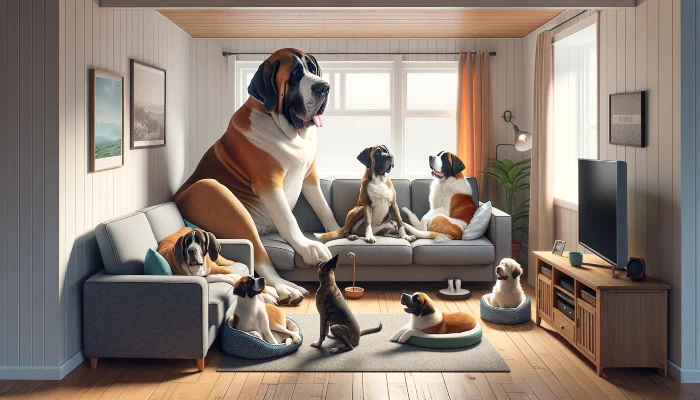Why are dog breeds with innate diseases so popular?
It’s a perplexing question that has puzzled researchers for years.
Despite the severe health issues faced by flat-faced dogs like French and English bulldogs, they continue to be among the most beloved breeds worldwide. Hungarian researchers set out to unravel this paradox and shed light on the motivations behind the popularity of these dogs.
The study conducted by Zsófia Bognár, a Ph.D. student at the Department of Ethology, Eötvös Loránd University, aimed to explore the reasons behind the enduring appeal of flat-faced breeds. These dogs, including pugs, Boston Terriers, and others, are known for their charming appearance but also for the multitude of health problems they face.
Breathing difficulties, eye issues, and a staggering 80% of them requiring C-sections during delivery are just a few of the challenges these dogs endure. In fact, their average lifespan falls significantly short compared to other breeds of similar size.
The researchers hypothesized that the inclination of flat-faced breeds to make eye contact with humans might be a contributing factor to their popularity. They also considered the possibility that owners might be unaware of the innate health problems these dogs face.
To investigate these notions, an online survey was conducted, where participants were shown pairs of photos of dogs, some looking directly at the camera and others looking away.
The respondents were asked about their personality traits, their preference for flat-faced breeds, and their awareness of the health issues associated with these dogs.
A total of 1,156 participants took part in the survey.
The results of the study yielded unexpected findings.
Contrary to expectations, those who favored flat-faced breeds did not specifically choose images of dogs making eye contact.
Instead, individuals who were sociable, friendly, and empathetic, and possessed a strong ability to understand others’ perspectives, showed a preference for dogs looking into the camera.
This suggested that the appeal of flat-faced breeds lies beyond eye contact and may be more closely related to their overall facial structure.
Interestingly, the survey revealed that enthusiasts of flat-faced breeds were acutely aware of the health problems these dogs face.
Almost all respondents associated flat-faced breeds with breathing difficulties, and a significant majority recognized dystocia and corneal ulceration as common issues. This dispelled the notion that owners might be ignorant of the health challenges and indicated that public awareness of these problems is widespread.
Furthermore, the study found that those who liked flat-faced breeds tended to be younger, had lower levels of education, and had limited professional experience with dogs.
Compared to those who had a neutral or negative view of flat-faced breeds, enthusiasts were more likely to be women and have children. They also exhibited higher emotional empathy, suggesting a greater capacity to empathize with the suffering of other living beings.




The researchers concluded that the popularity of flat-faced dogs can’t be solely attributed to their physical appearance or owners’ ignorance of their health issues.
Instead, it appears that many owners, particularly those with less experience, may normalize the health problems as characteristic of the breed. Snoring and grunting Bulldogs, for example, may be perceived as endearing rather than signs of distress that could lead to expensive corrective surgery (see video below) that is frequently not covered by pet insurance.
While awareness campaigns have been launched in many countries to educate the public about the health issues of flat-faced breeds, their effectiveness remains questionable.
The researchers emphasize that simply listing the health problems associated with these breeds is not enough to dissuade people from choosing them as pets.
Instead, the focus should shift towards highlighting that these health issues should not be considered normal or acceptable characteristics. It is crucial to raise awareness that these problems cause pain and suffering for the dogs.
Dog owners need to understand that their choices play a significant role in shaping the overall health and well-being of these breeds.
In conclusion, the enduring popularity of flat-faced dog breeds despite their innate health problems can be attributed to a combination of factors. The appeal extends beyond eye contact and may be linked to the overall facial structure of these dogs.
Additionally, owners who are aware of the health issues may normalize them due to limited experience or lack of understanding.
To address this issue, efforts should focus on informing potential owners about the consequences of perpetuating these health problems and encouraging responsible breeding practices to prioritize the well-being of these beloved pets.
























